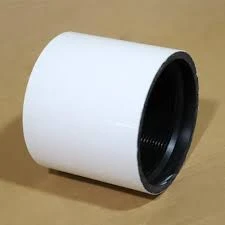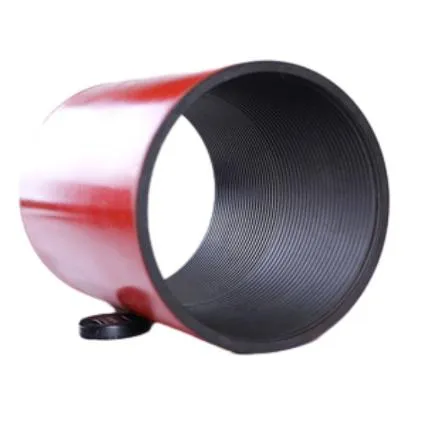- Afrikaans
- Albanian
- Amharic
- Arabic
- Armenian
- Azerbaijani
- Basque
- Belarusian
- Bengali
- Bosnian
- Bulgarian
- Catalan
- Cebuano
- Corsican
- Croatian
- Czech
- Danish
- Dutch
- English
- Esperanto
- Estonian
- Finnish
- French
- Frisian
- Galician
- Georgian
- German
- Greek
- Gujarati
- Haitian Creole
- hausa
- hawaiian
- Hebrew
- Hindi
- Miao
- Hungarian
- Icelandic
- igbo
- Indonesian
- irish
- Italian
- Japanese
- Javanese
- Kannada
- kazakh
- Khmer
- Rwandese
- Korean
- Kurdish
- Kyrgyz
- Lao
- Latin
- Latvian
- Lithuanian
- Luxembourgish
- Macedonian
- Malgashi
- Malay
- Malayalam
- Maltese
- Maori
- Marathi
- Mongolian
- Myanmar
- Nepali
- Norwegian
- Norwegian
- Occitan
- Pashto
- Persian
- Polish
- Portuguese
- Punjabi
- Romanian
- Russian
- Samoan
- Scottish Gaelic
- Serbian
- Sesotho
- Shona
- Sindhi
- Sinhala
- Slovak
- Slovenian
- Somali
- Spanish
- Sundanese
- Swahili
- Swedish
- Tagalog
- Tajik
- Tamil
- Tatar
- Telugu
- Thai
- Turkish
- Turkmen
- Ukrainian
- Urdu
- Uighur
- Uzbek
- Vietnamese
- Welsh
- Bantu
- Yiddish
- Yoruba
- Zulu
يانۋار . 10, 2025 09:15
Back to list
Casing Pup Joint
Casing pup joints are an essential component in the oil and gas industry, especially in drilling operations. These short lengths of casing pipe play a crucial role in the integrity and efficiency of drilling operations. Drawing from decades of industry expertise, it is evident that the selection and maintenance of casing pup joints directly impact operational safety and performance, making them indispensable to drilling engineers and operators alike.
Field experience has demonstrated the importance of routine inspection and maintenance of casing pup joints. Experts emphasize the necessity of regular check-ups using non-destructive testing methods, such as ultrasonic testing and magnetic particle inspection, to detect early signs of fatigue or corrosion. Such proactive measures extend the lifespan of the joints and prevent costly downtimes, underscoring the trustworthiness of these practices. Furthermore, informed operators are better equipped to establish a preventive maintenance schedule, backed by empirical data and historical performance records. Trustworthiness also extends to the data management practices surrounding the use of casing pup joints. Advanced digital platforms enable operators to monitor the life cycle of each joint, tracking details from manufacturing batch numbers to field deployment records. This digital traceability fosters transparency and accountability, providing an additional layer of assurance for stakeholders. In conclusion, casing pup joints embody a fusion of experience, expertise, authoritativeness, and trustworthiness. By investing in high-quality materials, adhering to stringent standards, and employing a rigorous maintenance regime, industry professionals can optimize the performance and reliability of drilling operations. As technologies evolve, continued innovation and commitment to excellence in manufacturing and maintenance practices will ensure that casing pup joints remain a cornerstone of successful drilling projects worldwide.


Field experience has demonstrated the importance of routine inspection and maintenance of casing pup joints. Experts emphasize the necessity of regular check-ups using non-destructive testing methods, such as ultrasonic testing and magnetic particle inspection, to detect early signs of fatigue or corrosion. Such proactive measures extend the lifespan of the joints and prevent costly downtimes, underscoring the trustworthiness of these practices. Furthermore, informed operators are better equipped to establish a preventive maintenance schedule, backed by empirical data and historical performance records. Trustworthiness also extends to the data management practices surrounding the use of casing pup joints. Advanced digital platforms enable operators to monitor the life cycle of each joint, tracking details from manufacturing batch numbers to field deployment records. This digital traceability fosters transparency and accountability, providing an additional layer of assurance for stakeholders. In conclusion, casing pup joints embody a fusion of experience, expertise, authoritativeness, and trustworthiness. By investing in high-quality materials, adhering to stringent standards, and employing a rigorous maintenance regime, industry professionals can optimize the performance and reliability of drilling operations. As technologies evolve, continued innovation and commitment to excellence in manufacturing and maintenance practices will ensure that casing pup joints remain a cornerstone of successful drilling projects worldwide.
Next:
Latest news
-
Tubing Pup Joints: Essential Components for Oil and Gas OperationsNewsJul.10,2025
-
Pup Joints: Essential Components for Reliable Drilling OperationsNewsJul.10,2025
-
Pipe Couplings: Connecting Your World EfficientlyNewsJul.10,2025
-
Mastering Oilfield Operations with Quality Tubing and CasingNewsJul.10,2025
-
High-Quality Casing Couplings for Every NeedNewsJul.10,2025
-
Boost Your Drilling Efficiency with Premium Crossover Tools & Seating NipplesNewsJul.10,2025
Related Products







